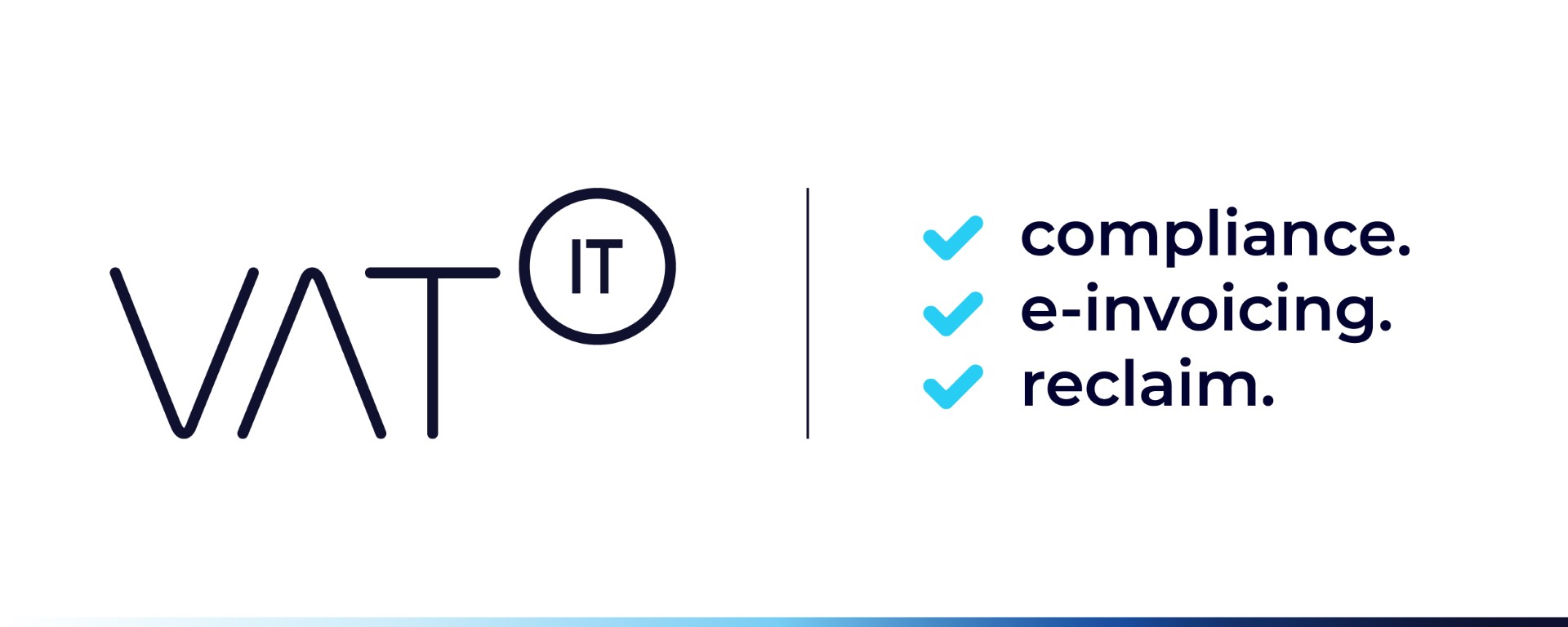- China’s new VAT law effective January 2026 modernizes the tax system to align with OECD standards
- The three-tier rate structure of 13 percent, 9 percent, and 6 percent remains
- The scope of VAT expands to include more transactions, including those by individuals
- Main changes include the place-of-consumption rule for cross-border services and clearer rules for foreign digital providers
- Financial services and non-cash benefits will be taxed based on market value
- Administrative reforms simplify filing and increase legal certainty
- Businesses, especially in digital and cross-border sectors, should prepare for new compliance requirements
- The law provides a formal legal basis, improving consistency and reducing administrative ambiguity
- VAT liability now covers goods, services, intangibles, real estate, and imports
- Clear rules apply to foreign providers with VAT due when the consumer is in China
- Financial products and non-cash benefits are explicitly taxable
- Short filing periods are removed, and VAT on imports will follow customs timelines
- Companies should review contracts, pricing, and invoicing practices ahead of 2026
- Businesses in cross-border trade, finance, and digital services face significant adjustments
- The new VAT law marks a modernization milestone, reinforcing a predictable, business-friendly tax environment
Source: fiscal-requirements.com
Note that this post was (partially) written with the help of AI. It is always useful to review the original source material, and where needed to obtain (local) advice from a specialist.
Latest Posts in "China"
- China Uncovers Widespread VAT Evasion Schemes Involving Multiple Companies and Millions in Losses
- Tax Evasion Scandal: 49 Shell Companies and Fake Invoices Orchestrated by Tianjin Changze Finance
- Unveiling a Five-Layer Fake Invoice Network: Tax Evasion and Punishment in Lianyuan City
- Tax Authorities Penalize Guizhou Company for Facilitating Fake VAT Invoices and Tax Evasion
- Tianjin Tax Authorities and Police Crack Down on Major VAT Invoice Fraud Case















